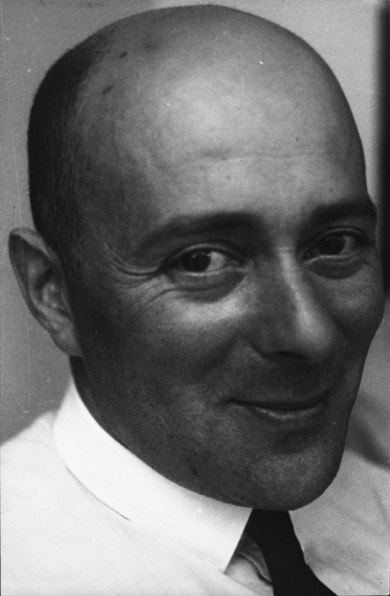El Lissitzky
El Lissitzky
Space is there for man, not man for space.
El Lissitzky, 1923
El Lissitzky studied architecture from 1909 to 1914 at the Polytechnic University in Darmstadt before returning to his native Russia, where he undertook courses at a number of institutions including the Vitebsk Art School and the architecture department of the State Higher Artistic and Technical Workshops (Vkhutemas), a state-run art school in Moscow. In 1922 he organised the first exhibition of Russian art in Berlin.
In the ensuing years he designed and supervised numerous other exhibitions of Russian art both domestically and abroad, such as the pavilion at the International Press Exhibition (PRESSA) in Cologne in 1928 as well as the Russian section of the Stuttgart International Werkbund Exhibition in 1929 and the International Hygiene Exhibition in Dresden in 1930. From 1931 he was a leading architect at the permanent exhibition in Moscow’s Gorky Park, supervised theatre projects, and worked as a commercial artist and typographic designer for the journal USSR im Bau (USSR under Construction). El Lissitzky worked with such artists as Hans Arp, Jan Tschichold, Kurt Schwitters and Kazimir Malevich. As a representative of the Russian avant-garde he was one of the co-founders of Constructivism and influenced the De Stijl movement, Bauhaus as well as modern graphic design and typography.

